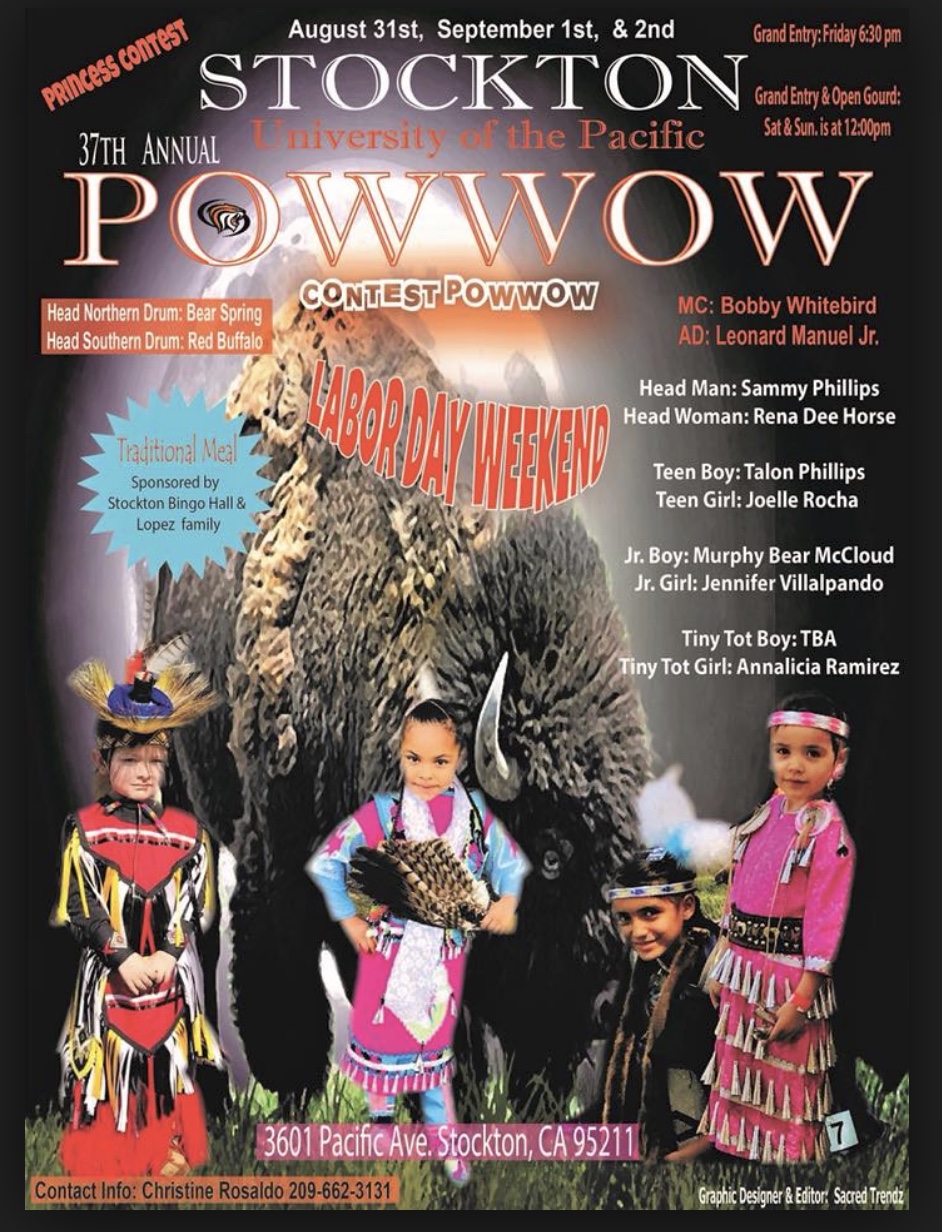


















Long before Captain Charles Weber realized the value of a port city to serve foothills-bound prospectors, the area we now call Stockton was home to the Northern Valley Yokuts, a segment of the Native American population that lived in present-day California for thousands of years before Europeans arrived.
Long before Captain Charles Weber realized the value of a port city to serve foothills-bound prospectors, the area we now call Stockton was home to the Northern Valley Yokuts, a segment of the Native American population that lived in present-day California for thousands of years before Europeans arrived.